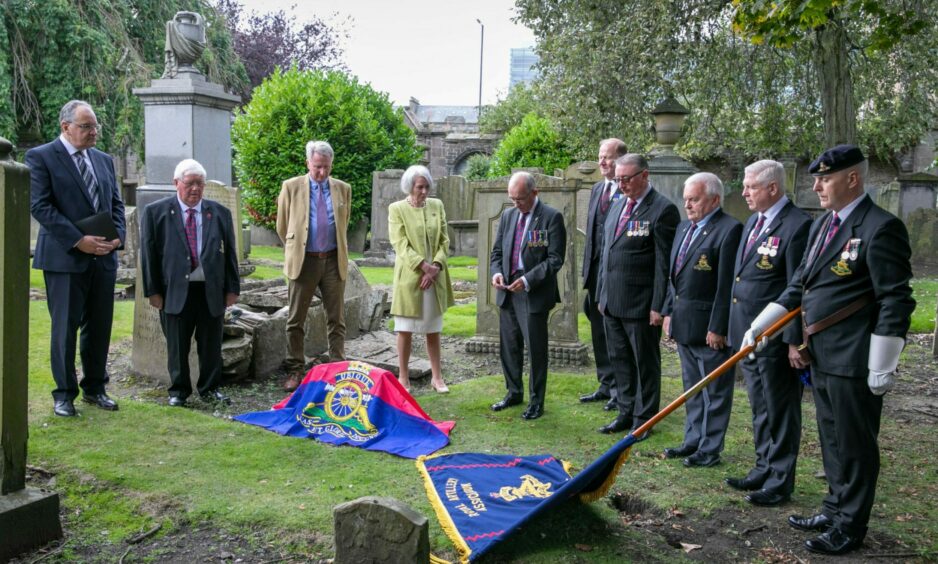
In 1853, long-forgotten Dundee soldier William Henry and his wife Christian were placed in a common, unmarked grave in the historic Howff cemetery.
One of the last of the 80,000 burials to take place at the graveyard, it was the final resting place of a local man who fought at the Battle of Waterloo in June 1815.
William and Christian bought the plot before they died.
Roughly £135 each in today’s money or four weeks’ wages back in 1853.
Headstones were extra.
Working people couldn’t often spend that sort of money on top of the burial fee.
In addition, since the 80,000 burials in the graveyard were so close together, often they were not encouraged to buy a headstone unless it was a “more important grave”.
So the grave was left unmarked.
And unlamented.
For 170 years.
Until now.
All these years later, David Henry and his sister Hilary Evans have now installed a memorial to their ancestors’ fascinating lives after David stumbled upon William’s incredible tale during lockdown.
The new headstone was formally dedicated in a moving graveside service on Saturday where veterans from the Royal Artillery Association gave a military salute.
The stone, having been draped with the Royal Artillery flag, was formally unveiled at Lair 488 where William and Christian were squeezed in and where they still lie.
David said: “Even after so long, installing a memorial now isn’t just important to the family, it also marks the resting place of a local working man who served his country bravely.
“He and those like him deserve to be remembered as part of the city’s story just as much as more famous names.”
Who was Dundee Waterloo veteran William Henry?
William Henry was born in late 1776 in Peterculter.
William left his home in rural Aberdeenshire as a young man to seek work and found a job as a heckler in a flax mill in Dundee which was a boom industry at the time.
David said: “William Henry and his wife Christian Scott were workers in the flax mills of the city in the early 1800s which was the forerunner of the more famous jute trade.
“William worked as a heckler which meant that he was a manual worker who combed out the flax fibres ready to be spun.
“The hecklers also had a reputation for being the most belligerent element of the workforce, prone to making their opinions widely known.
“Hence, the usage of the term even today.”
Christian was a weaver, tending one of the new mechanical looms.
The couple married in 1805 and like the flax they wove their bonds were to be strong and long lasting ones since they were husband and wife for the next 48 years.
David said: “Like many others, however, William left his job, responding to the call to arms to fight Napoleon Buonaparte.
“He became a gunner in the Royal Regiment of Artillery, serving both at home and abroad, including in the fighting in the Low Countries.
“By now a veteran of the Napoleonic Wars, on one of the most famous dates in history, the 18th of June 1815, William was serving his gun on the field of Waterloo, in the climactic battle that was to mark the end of Napoleon’s attempts to dominate Europe.
“William’s unit was in the thick of the action, including defending against the massed charges of the French cavalry, and the final throw of the dice, as the crack Imperial Guard was pitched against the Anglo-allied lines.”
He was injured during final battle
There were around 50,000 casualties including William during the epic struggle that day on a battlefield which was only about four miles long and three miles wide.
He was wounded in the hip.
The evacuation of casualties was a sporadic activity.
It was either carried out during lulls in the fighting, because comrades took pity on
someone, or because they were a senior officer.
Walking wounded had to look after themselves.
So, many of the wounded who were unable to move lay where they fell, sometimes for days after the battle, or until death overtook them.
However, William made it off the battlefield and was evacuated back to England, where he was awarded the Waterloo Medal in recognition of his services.
This was issued to all combatants who took part in the battle, irrespective of their rank.
But his long army career was over.
He was discharged from the Royal Artillery in April 1816 due to his injury, on an allowance of nine shillings a day.
He returned to his wife and old job in Dundee.
The couple had 10 more children in addition to their first child.
Both he and Christian appear in the 1841 and 1851 censuses, living in Constitution Street, described as a manufacturer in 1841, and a flax dresser once again in 1851.
He died in Dundee, in February 1853, aged 76, due to inflammation in his lungs which was a common occupational hazard amongst textile workers.
Christian died just a few months after him, aged 67 years, from paralysis and was buried in the same Howff grave on October 13 1853.
Just a few yards away, near the Meadowside entrance, is the tomb of Jules Legrandre who was a Lieutenant in the French Imperial Guard that fought with Napoleon.
Old foes.
Honoured in death.
David’s son, James, who served as a combat infantryman in Afghanistan, is also among William’s descendants.
He said: “Remembering those who have served is always important, even more so when it’s a relative you feel a connection to.
“Continuing the family tradition, I saw action in Afghanistan with the infantry.
“Even I find it hard to comprehend the level of discipline and bravery displayed by those who fought at Waterloo.
“Often the hardest part of war is coming home and adjusting to civilian life.
“William Henry did this whilst carrying a physical injury for the rest of his life as a constant reminder.
“Those sacrifices will always be remembered.
“Although centuries separate us, when it comes down to it, I am sure that we would still have a common bond in some of the things that we had seen and done.
“He should never be forgotten again.”
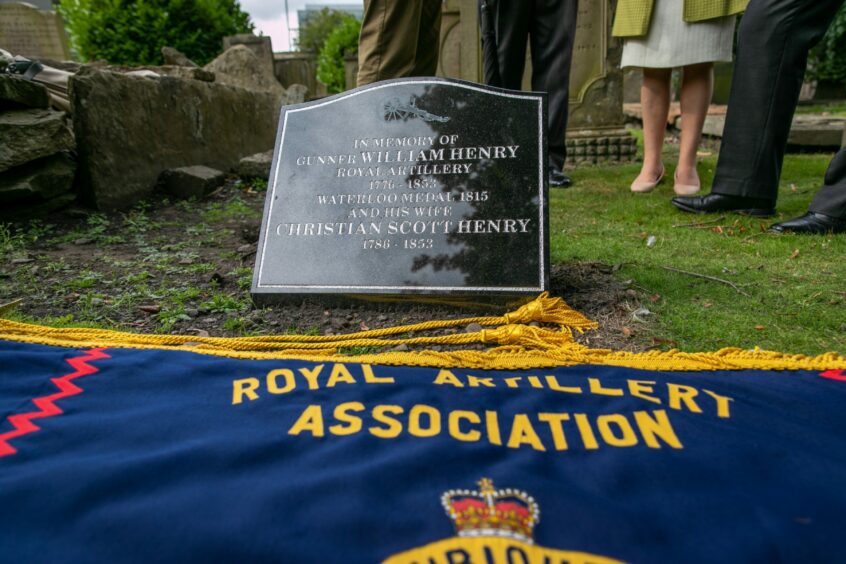
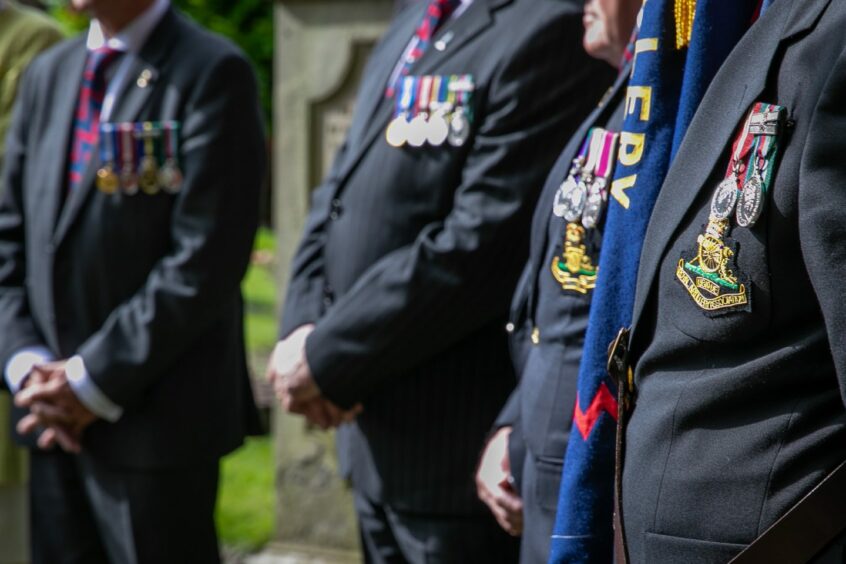
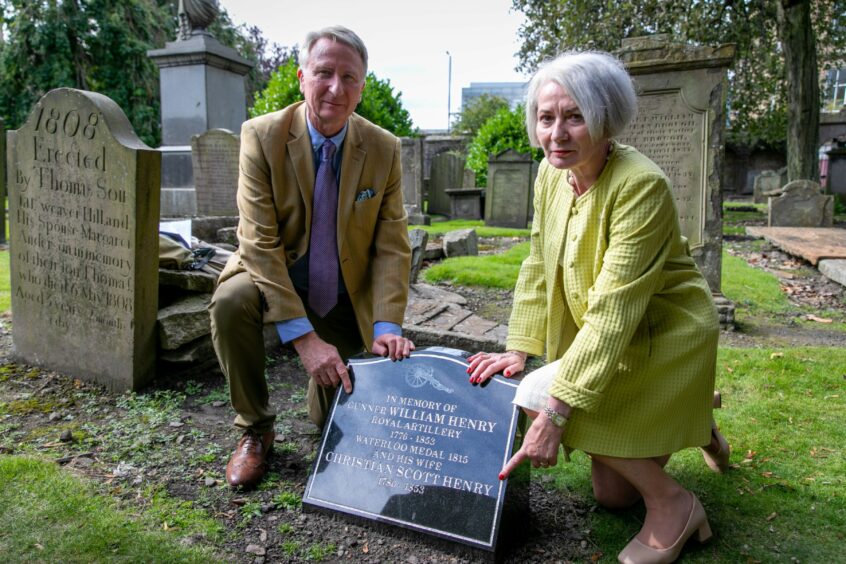
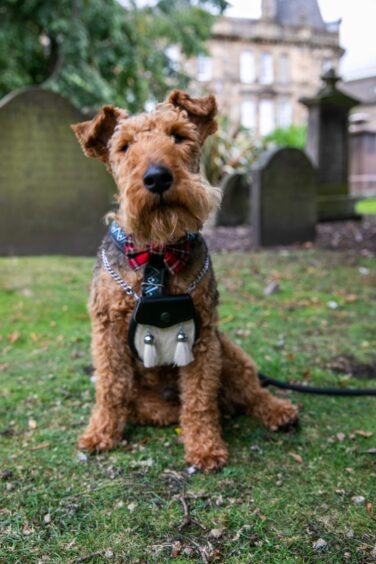
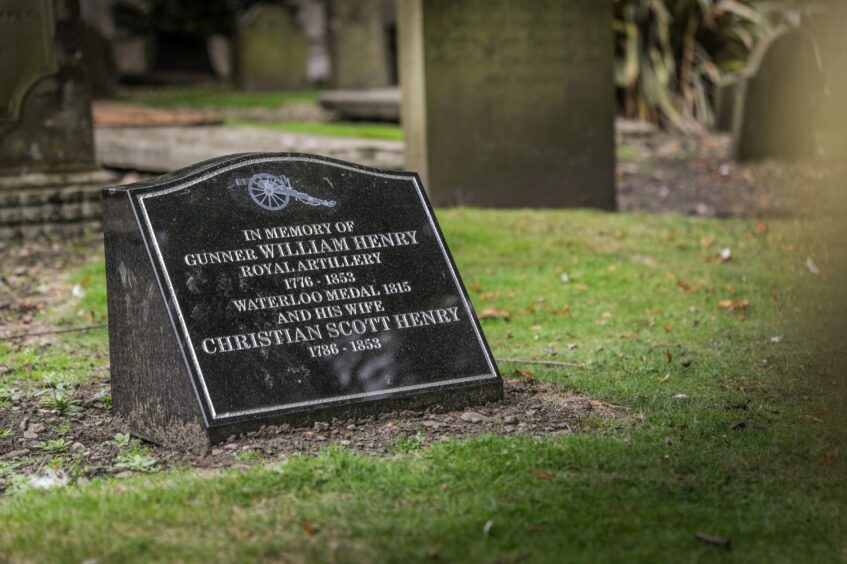
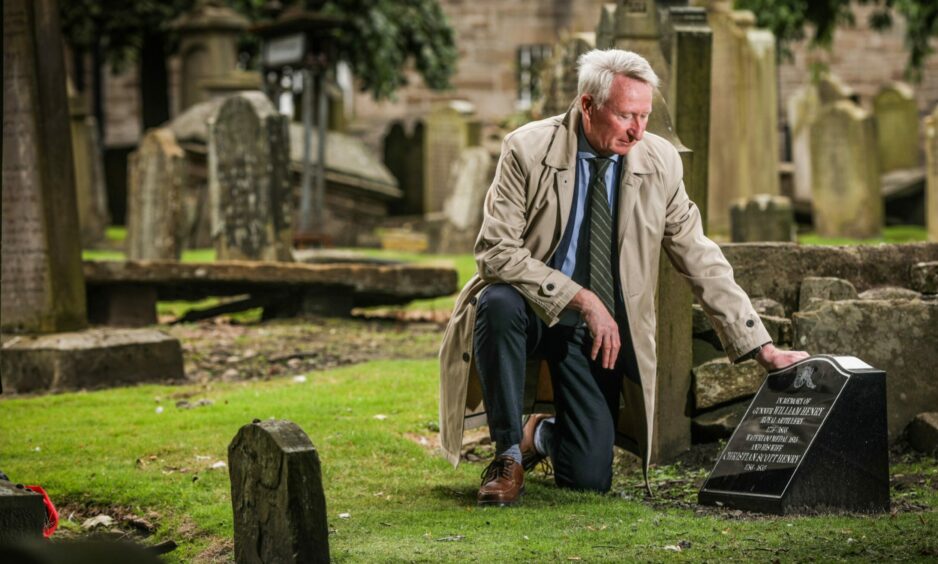

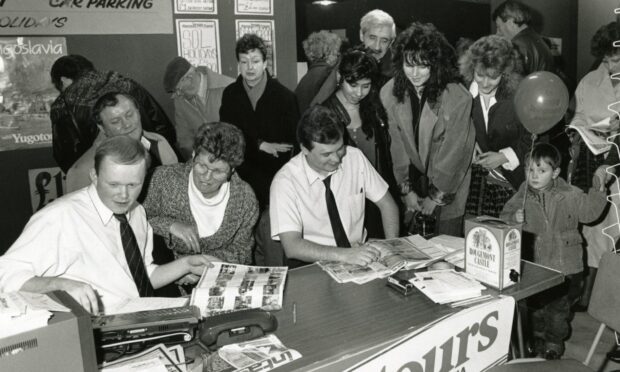
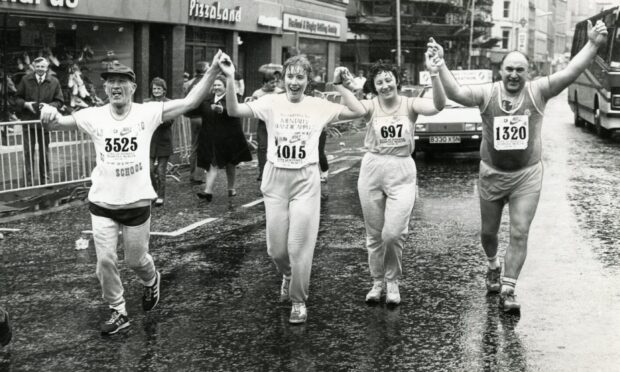
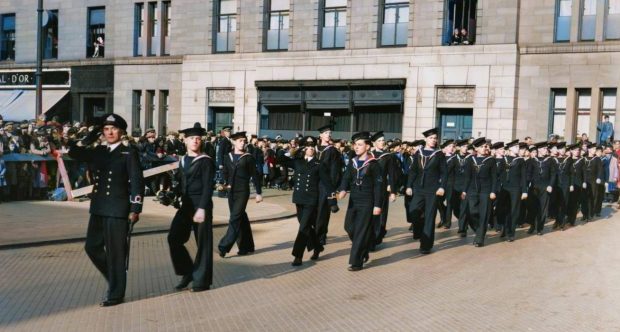
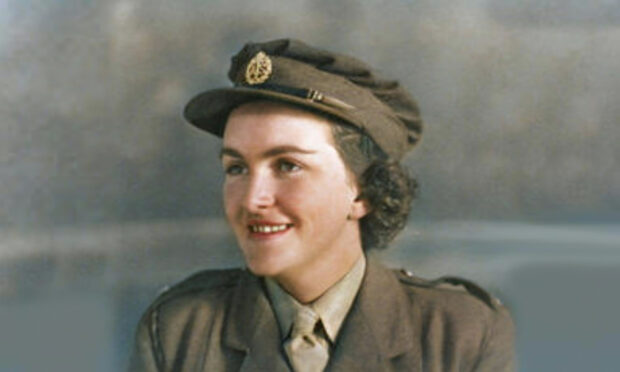


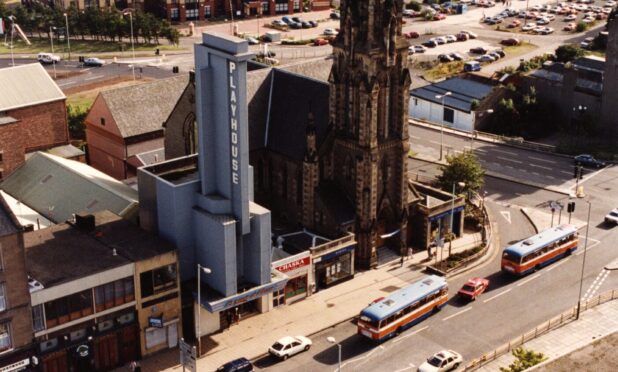
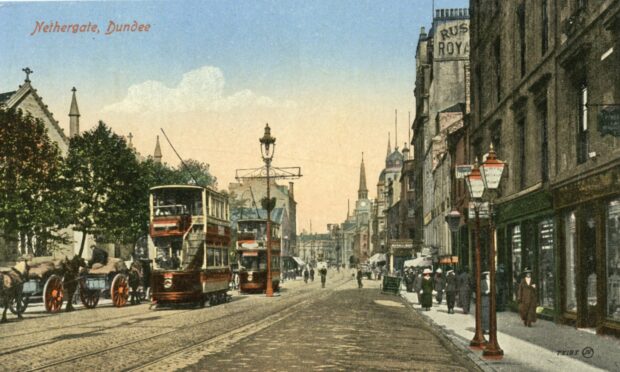
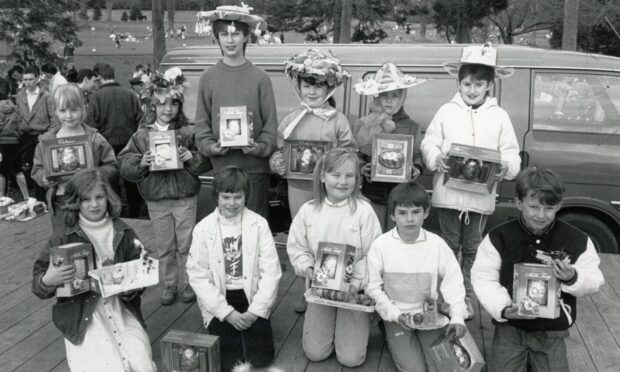
Conversation